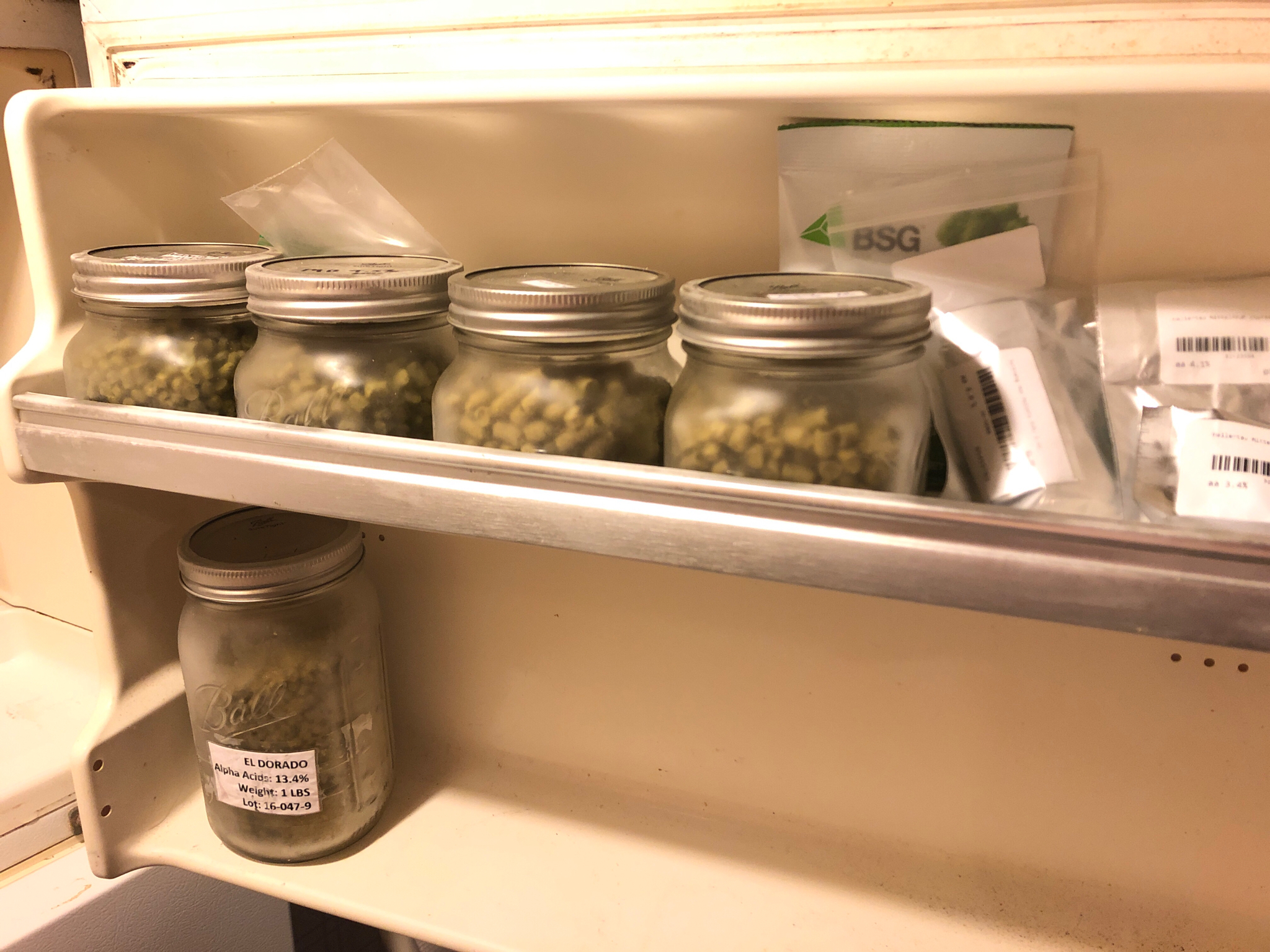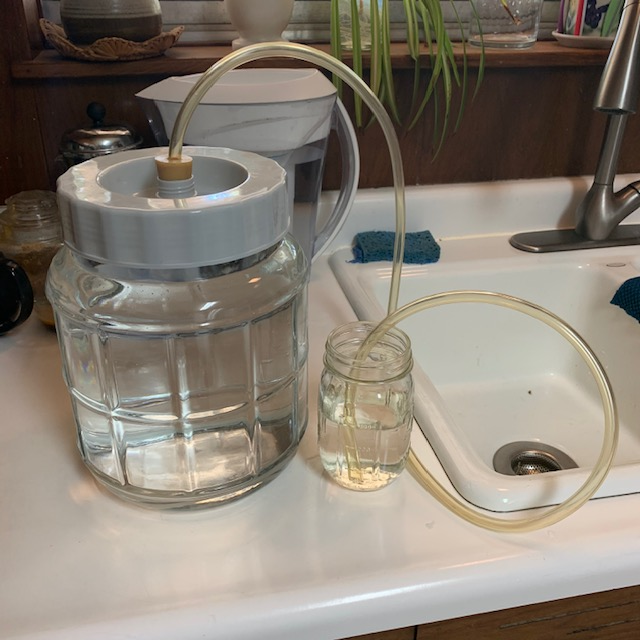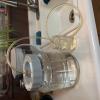can you please post a link to this vessel on walmart's site. or if its not online, could you post what its called
thanks
Here: https://www.walmart.com/ip/Mainstays-Latching-Jar-Large/39082929
The only downside I have found (besides having to drill the spigot holes yourself) is that the plastic is a stiff and little fragile. I cracked one when I was trying to tighten the spigot enough that it did not leak. I found that putting 2 rubber washers on the outside and 2 on the inside is needed to get a good seal without having to tighten the spigot too much. I did like them enough that I picked up another replacement for the cracked one.
I am curious about the 1 gal Fermonster fermenters. They are about the same price. I am just not sure if they hold more than a gallon (where the Walmart canisters are big enough to ferment a full gallon with room for headspace).





